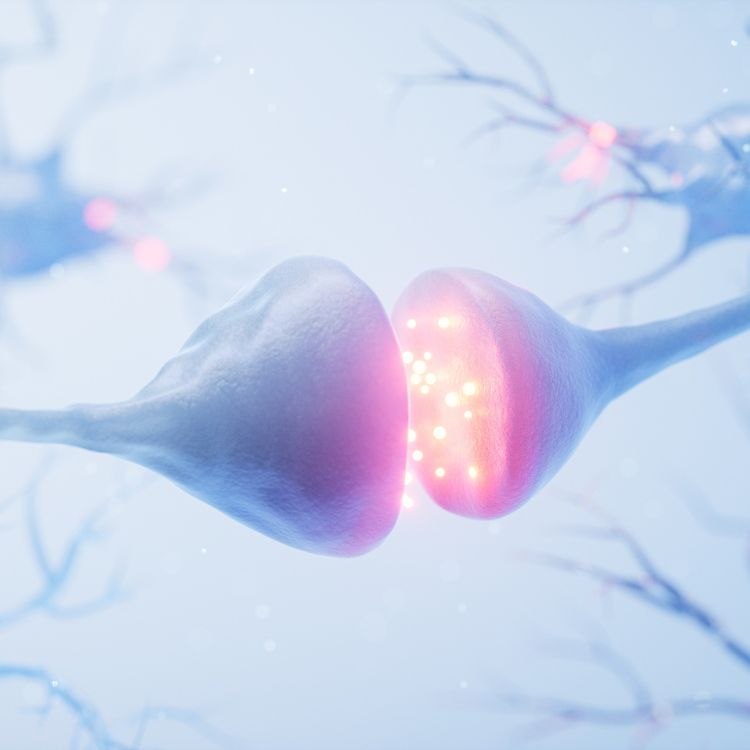What Is a Continuous Catheter Nerve Block?
A continuous catheter nerve block is a procedure that provides pain relief medication to a specific area of the body. The most common use of the procedure is to help control post-operative pain. However, catheter nerve blocks effectively treat all types of pain, especially chronic pain that is unresponsive to more conservative treatments, such as cancer-induced pain, complex regional pain syndrome, or phantom limb pain.
A catheter is a threadlike soft plastic tube placed under the skin near the peripheral nerve responsible for the pain. The catheter delivers a continuous supply of pain medication to the body’s specific area to help control the pain.
Continuous catheter nerve blocks are an ideal alternative to opioid medications, which have the risk of abuse, dependence, and possible overdose. The nerve block is a way to optimize sensory blocking with minimal residual motor blocking.


